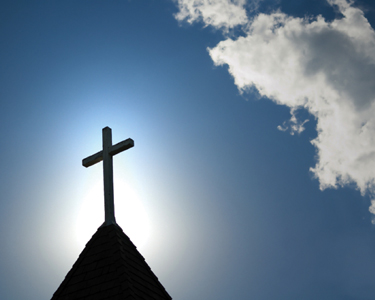
The findings, drawn from two reports titled Markets 2011 and States 2011, “confirmed many spiritual assumptions about various regions of the country,” says David Kinnaman, who directed the seven-year research project for the Barna Group. “The South hosts many of the nation’s Christians, while the West and Northeast play to more secular stereotypes.”
Church attendance was highest among residents of Birmingham, Ala. (67 percent), Baton Rouge, La. (62 percent), Salt Lake City (62 percent), and Huntsville, Ala. (60 percent)—all cities in which at least four out of five residents describe themselves as Christian. Regions with the most unchurched adults included the West Coast, Southwest, Northeast and South Florida. San Francisco (44 percent) led the list, which included Portland, Maine (43 percent), Phoenix (38 percent), and West Palm Beach, Fla. (37 percent).
The study also measured volunteerism in churches, which showed more mixed results. Church volunteerism was most frequent in Charlotte, N.C., and Salt Lake City, while Tucson, Ariz., and Seattle led cities with the highest proportion of volunteers for other kinds of nonprofits. “A majority of U.S. residents, regardless of location, engage in a church at some level in a typical six-month period,” Kinnaman notes. “The real differences spiritually between various regions are not so much what they call themselves [but] how people think about, prioritize and express their faith.”












































